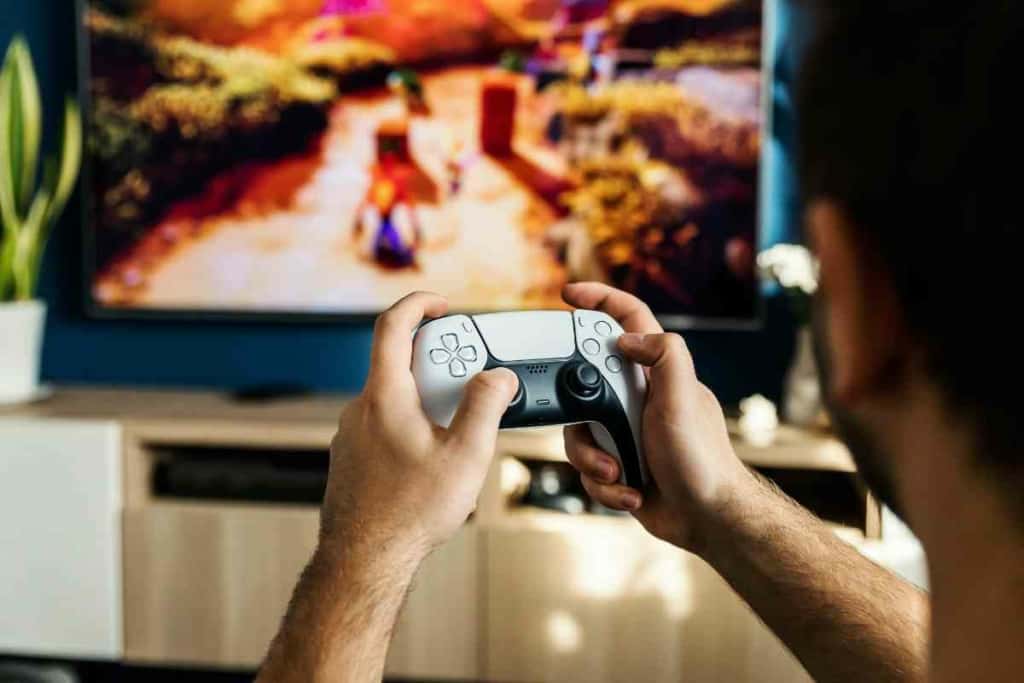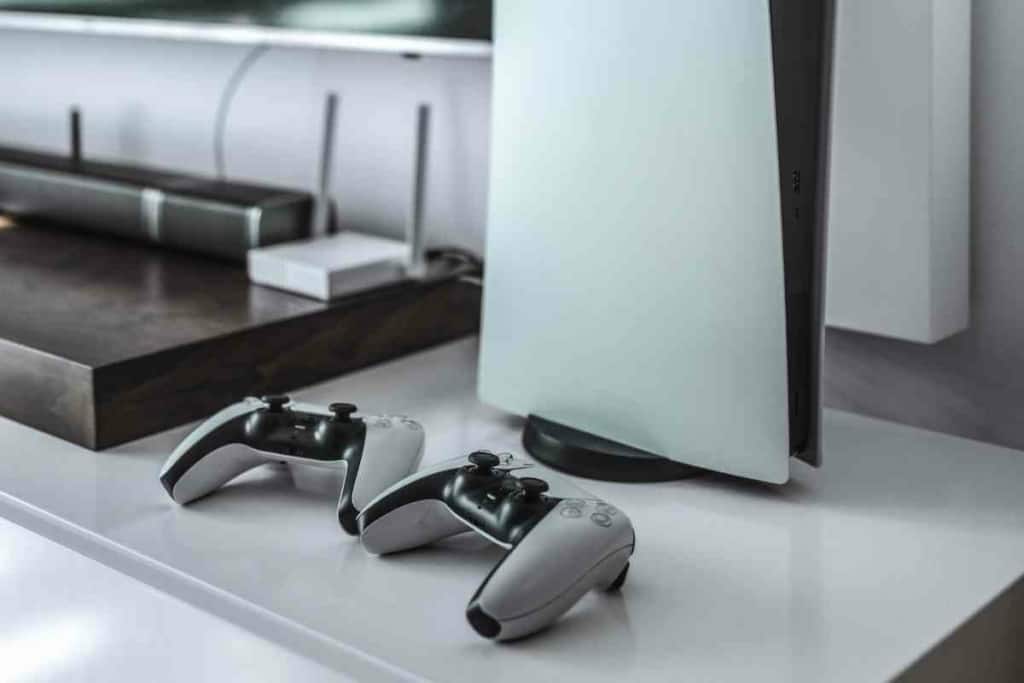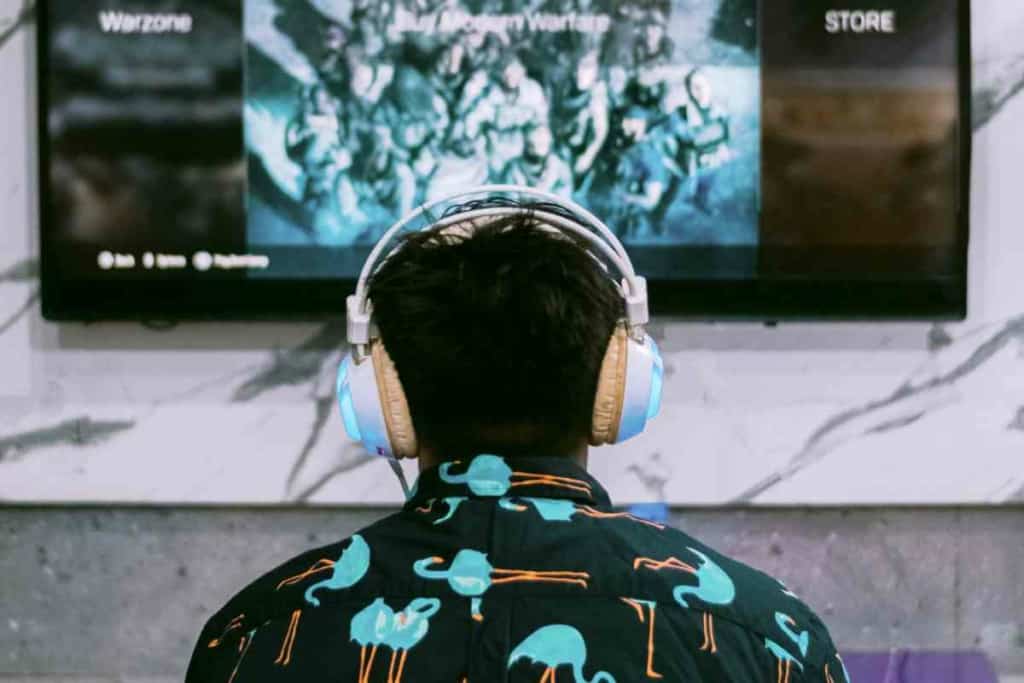How To Turn On Ray Tracing On The PS5
Are you a gamer on the hunt for the ultimate gaming experience? If so, turning on ray tracing on PlayStation 5 is an absolute must.

How do you turn on ray tracing on the PS5?
To turn on ray tracing, you’ll go to “Advanced Settings” in your PS5 system’s menu. There you’ll find an option to enable ray tracing. Once you’ve enabled its functionality, you’ll only need to reboot your system and enjoy an advanced gaming experience!
Ray tracing is the immersive 3D experience that you’ve been missing with your PS5 gaming. It blew my mind to see the improved qualities in graphics – and now I can’t unsee the difference! By following my step-by-step guide below, turning on ray tracing will be a breeze.
Key Takeaways
- Activating ray tracing can elevate your PlayStation 5 (PS5) experience.
- To enable ray tracing, you can follow the menu prompts in “Advanced Settings.”
- You can also activate ray tracing by turning on “Fidelity Mode” in the settings.
- You can further maximize ray tracing by modifying the settings in your graphics card.
Activating Ray Tracing on Your PS5
Ray tracing isn’t a secret knock function. It is relatively easy to find on the menu of your PS5 system.
Turning on ray tracing is a fairly straightforward process.
- First, you’ll need to check if your PS5 game supports ray tracing; most new games do.
- Then, go into your console’s settings menu and select “Display and Sound.”
- Select “Video Output Settings.”
- Select “Advanced Video Settings”
- Find the option to enable ray tracing.
- Restart your console for the changes to take effect.
PS5 Graphics
The PlayStation 5 has arrived, and it’s making waves in the gaming community thanks to its impressive graphics capabilities. The PS5 packs a potent punch with incredibly powerful components.
The Specs
An AMD Zen 2-based CPU and custom RDNA2 GPU work together to provide over 10 TFLOPs of processing prowess, allowing most games to run at 4K/60fps or even achieve an ultra-smooth experience at 4K/120. At the same time, 8K is also supported for the future.
Support For 4K Resolution
The PS5 also supports 4K resolution at up to 120 frames per second (fps). This means that games will look sharper and clearer than ever before—especially if you have a 4K TV or monitor! Many of the current-gen games are already offering support for 4K resolution on the PS4 Pro, but with 120 fps now available on the PS5, gamers can expect even smoother visuals than before.
Ray Tracing Technology
The most notable feature of the PS5’s graphic capability is its support for ray tracing technology. Ray tracing is a rendering technique that uses light-sensitive algorithms to create realistic lighting effects in game related environments.
That means that when you fire up your favorite game, you can expect to see more lifelike shadows, reflections, and 3D visuals than ever before. This is especially noticeable in games with outdoor environments, where the addition of ray tracing helps make the world feel alive and vibrant.
Graphical Upgrades
On top of supporting ray tracing and 4K resolution, players can expect additional graphical upgrades thanks to the increased power of the PS5’s CPU and GPU.
These upgrades include improved textures, better anti-aliasing techniques (which help smooth out jagged lines), and faster loading times due to a custom 825GB SSD drive. All these features combine to create an immersive gaming experience like never before!

What is Ray Tracing
So you’ve got the ultra-powerful PS5, and you’ve heard there is a way to make gaming even better on it. PS5 has a range of new exciting features, including almost instant loading times, but possibly the most talked about is its ability to support ray tracing.
Ray tracing allows you to level up the visual experience of your gaming. It turns a flat environment into a dynamic one. You are instantly in the game instead of adjacent to it. It was a bold move by PlayStation to entice gamers to upgrade their systems.
Ray tracing is a rendering technique used by some of the most advanced video games to create realistic lighting effects and shadows. It is a technology that has been around since the 1970s, but it has only recently become commonplace in modern video games.
Essentially, ray tracing is a rendering technique that allows developers to accurately simulate light in 3D spaces. By simulating light rays and their interactions with objects in 3D space, developers can create realistic lighting effects and shadows that greatly enhance the visual quality of games.
What’s the Ray Tracing Difference?
In short, it’s like jumping from the visual quality of the first PlayStation to the third. For people like me who are picky about their gaming setup, enabling ray tracing has made graphically demanding games like God of War and Final Fantasy 7 that much better.
The differences can be seen in details like graphic “debris” and “contact shadows.” Without ray tracing, objects like signs and floors can look quite flat and blocky. In short, less realistic. When reflections are turned on through ray tracing, details are picked up that bring additional realism. A less than crisp floor and be made squeaky clean with ray tracing.
How To Turn On Ray Tracing For Grand Theft Auto
To use ray tracing for games like Grand Theft Auto, you’ll need to turn on “fidelity mode.” Take note, in exchange for ray tracing; you’ll sacrifice your frame rate. The ray tracing can only operate at 30 frames per second (30fps).
You can do this in the following steps:
- Go to the menu.
- Find the Options button.
- Find the Settings tab.
- Click Display.
- Find the ‘Graphics Mode’ option.
- Switch to ‘Fidelity.’
How To Maximize Ray Tracing

Once you have activated ray tracing, you may want to adjust the various settings associated with it to get the best performance from your system.
Depending on your specific setup and hardware constraints (such as available memory or GPU power), you may need to tweak things like graphics quality or anti-aliasing level in order to achieve optimal performance while still taking full advantage of ray tracing capabilities.
Remember that some games also support RTX (graphics card) options which may provide additional benefits when enabled, for example, improved shadows or reflections.